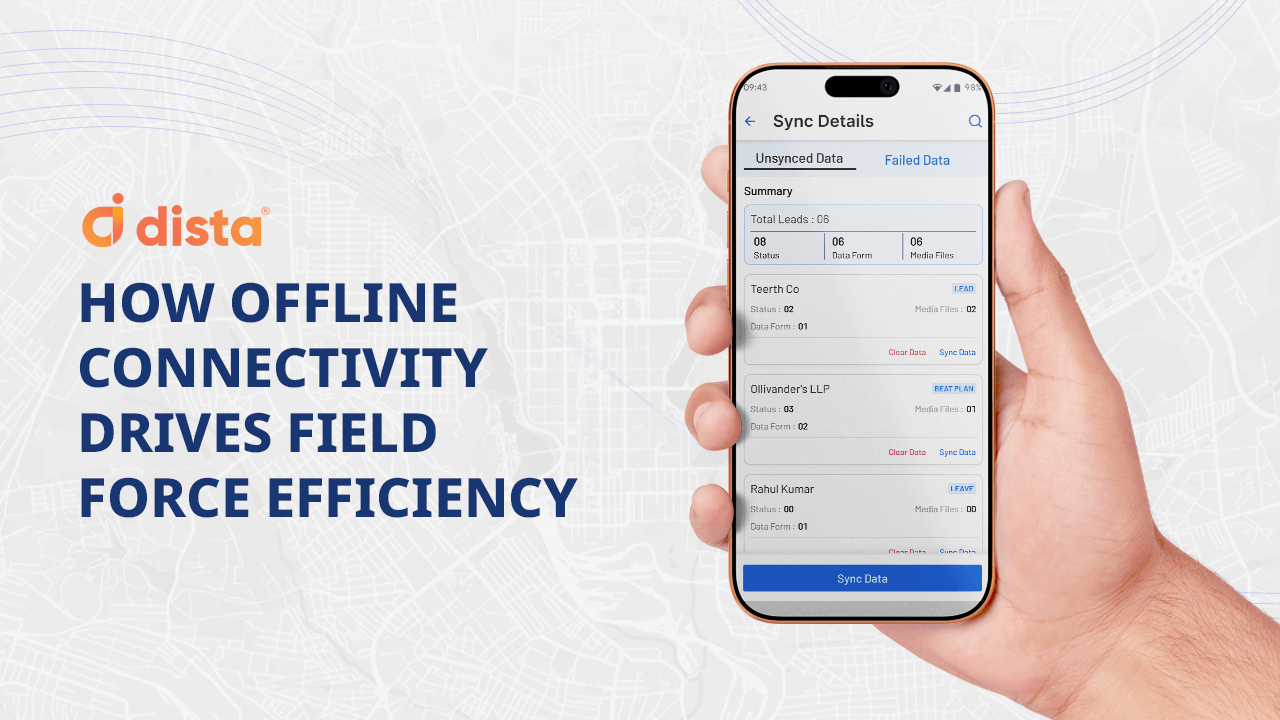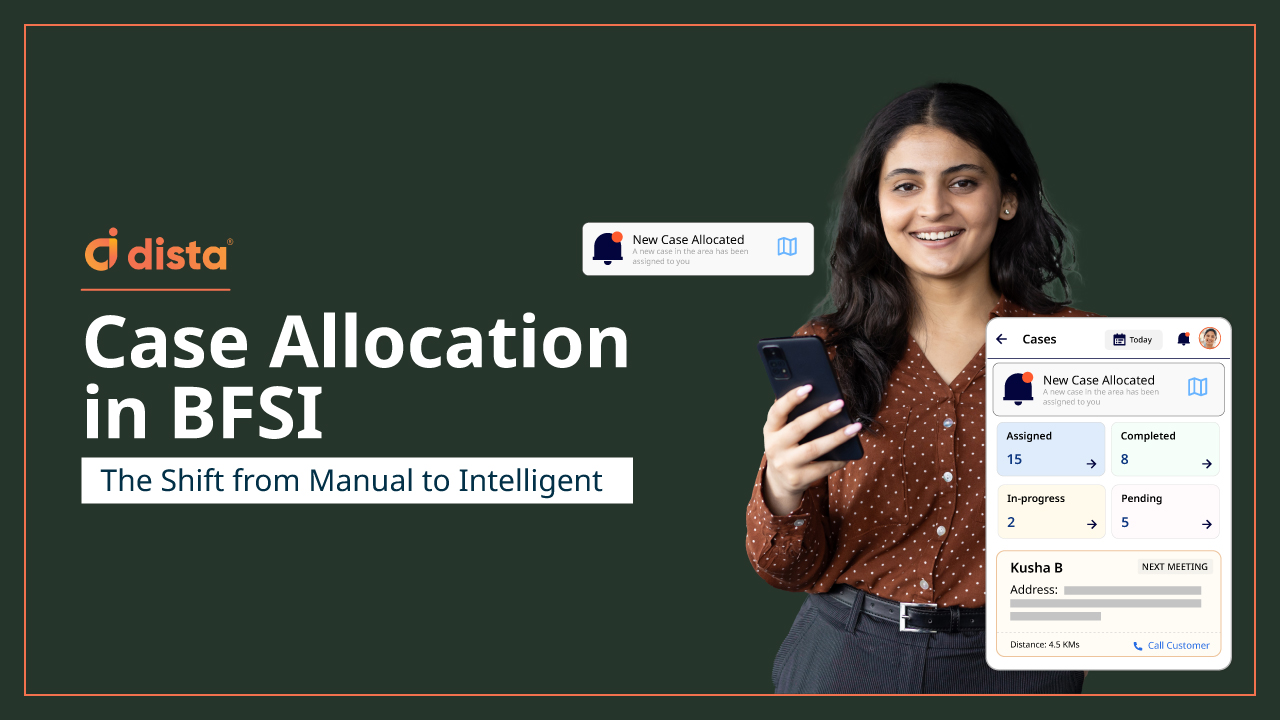Prime Minister Narendra Modi unveiled the National Logistics Policy (NLP) on September 17. It aims to cut transportation costs by promoting a seamless movement of goods across the country. The policy is expected to decrease the logistics cost, which is at 14-15% of India’s GDP, to around 8% in the next five years.
Here’s all you need to know about the NLP.
Need for the National Logistics Policy
The NLP has been in the making for the past three years by the central government. Due to high logistical costs, the competitiveness of India’s exports is reduced significantly. India ranks 44th in the World Bank Logistics Index in logistics costs, and the policy aims to improve the country’s global ranking. It seeks to enhance quick last-mile delivery, combat transport-related challenges, reduce costs, and more.
Key Features of the National Logistics Policy
The NLP has four significant features that will help bring Indian logistics on par with the global benchmark. These four steps include:
- Integration of Digital System (IDS)
- Unified Logistics Interface Platform (ULIP)
- Ease of Logistics (ELOG)
- System Improvement Group (SIG)
The policy will implement the above features through the Comprehensive Logistics Action Plan (CLAP). The IDS will integrate 30 unique systems from seven ministry departments, including data from the road transport, commerce, railways, customs, and aviation departments. This digitization through ULIP will bring all modes of transportation on one single platform in terms of visibility to customers.
Key Challenges of the Policy
1) Heavy reliance on road transport
The country’s biggest challenge is reducing logistics costs by pivoting from its heavy reliance on road transport. According to experts, around 65% of the country’s cargo movement is by road, where fuel costs are very high. One of the ways to reduce logistics costs is to move cargo away from the roads to alternative forms of transport.
2) Lack of Infrastructure for Warehousing
India lacks a proper logistics infrastructure, especially for warehousing and cold storage facilities. This typically results in wastage of multiple sectors, including food, grains, medicines, and more, as the quality gets hampered during transport and storage.
3) Rigidity in Adopting Digitization
Embracing digitization and onboarding processes is a big challenge, especially in the logistics space. Several platforms will be integrated into the ULIP, which will be a cumbersome task. However, as per industry leaders, the adoption will gradually pick up, similar to the toll plazas, as FastTag penetration is currently around 95%.
4) Inland Waterways and Coastal Shipping
Although a decent amount of emphasis has been levied on inland waterways and coastal shipping, in reality, not a lot has been done to streamline it. This is another big challenge as freight movers find loading and unloading the cargo cumbersome. The next step is carrying it to a coastal port and then unloading and loading it onto a truck. Hence, a model to seamlessly improve this process in inland waterways is crucial.
Expected Benefits of the Policy
1) More Control Over the Supply Chain
The launch of the single window e-logistics marketplace of the policy is expected to reduce the shipment allocation stress and enable businesses to strengthen their control over supply chains. E-commerce and quick commerce can directly impact warehouse, logistics, and supply chain businesses, thereby increasing the pressure on these industries.
2) Efficient Last Mile Delivery
The policy is said to make the last mile more efficient and faster, relieve the stress of shipment allocations, and strengthen the supply chain. It could help the majority of the logistics players with better resource utilization, reduce idle time, and improve profitability. This will relieve the stress of shipment allocations and offer businesses more control over supply chains.
Final Thoughts
India’s economic growth majorly relies on trade; hence it is crucial to improve the focus on efficient infrastructure for the movement of goods. The National Logistics Policy aims to revamp the logistics model and decrease the over-dependence on roads with over 60% against 25% globally. Several enterprises from multiple industries leverage high-end tech logistics products like Dista Deliver. Our AI-enabled logistics distribution software streamlines first, mid, and last-mile delivery and reduces logistics costs.
Get in touch with us to know more.






